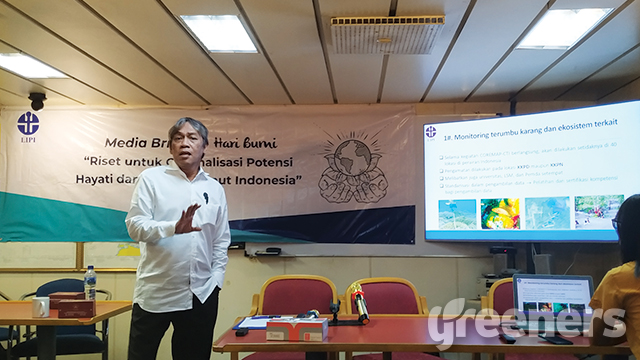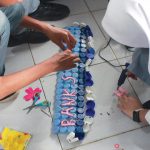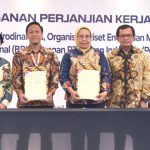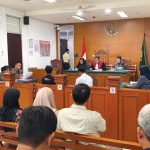Jakarta (Greeners) – Oceanography Research Center, under Indonesian Institute for Sciences (LIPI), puts coral reefs and marine ecosystem health as its focus of research program following this year’s theme on Earth Day, “Protect Our Species”, which aims to support sustainable marine management for people’s welfare.
“LIPI conducts massive monitoring in Indonesia on its coral reef and related ecosystem in at least 40 locations of Indonesia’s water areas. This year, there are 17 locations will be monitored. From the continuous monitoring, [we] will develop coral health index and in the short term, there will be health index for mangrove and seagrass,” said Dirhamsyah, head of Oceanography Research Center in Jakarta, on Monday (22/04/2019).
BACA JUGA: Minister Susi Pudjiastuti: It’s Time to Protect Indonesia’s Oceans
Furthermore, he said that based on research in 2018, in average, coral reef health index is scale 5, which means in moderate condition with high potential of recovery but low biomass of coral fish.
In addition, based on data for coral reefs, mangrove, and seagrass in 2018 in 13 locations with a total of 7.2 hectares or two percent out of Indonesian waters, the result shows less than 25 percent coral reef in bad condition, less than 50 percent coral reef in moderate condition, less than 75 percent in good condition, and more than 75 percent in very good condition.
For mangrove, more than 75 percent in good condition, less than 75 percent in moderate condition, and less than 50 percent in bad condition. Meanwhile, for seagrass, more than 60 percent in good condition, 59.9 percent in moderate condition, and less than 29.9 percent in bad condition.
READ ALSO: Indonesian Scientists to Develop Marine Biota Based Cancer Cure
LIPI is research on several of marine species categorized as endangered, including shark and manta, Banggai cardinal fish (Pterapogon kauderni), Humphead wrasse (Cheilinus undulatus) and sea cucumber. For these species, LIPI had written recommendation letters for catch quotas.
“Previously, we have written recommendation letters for Gray reef shark (Carcharhinus amblyrhynchos) as minimum of two meters long and 50 kilograms of weigh. We also implement similar things for the remaining marine species. Their extinction is due to massive exploitation for trade,” he said.
Marine Litter Threat
Dirhamsyah said that threats for marine biota is also coming from waste plastic pollution which is currently world’s attention. Indonesia as the second biggest marine waste polluter in the world is responsible for recovery.
“LIPI has assessed to prove claims “Indonesia as the world’s second largest marine waste polluter” by Jenna Jambeck. We have researched in 18 locations throughout Indonesia,” he said. “In this research, we found that 468,511 to 594,558 tons of plastic waste per year leaked to oceans. Regions contribute to waste litters are from Padang, Makassar, Manado, Belitung and Ambon.”
Based on the data, he urged for all stakeholders to tackle terrestrial waste issue as talking about conservation or protection of biota requires cooperation.
“We need to really work together for conservation, we have plenty of homework. This waste issue annoys conservation, all stakeholders need to care about plastic waste issue,” he said. “My opinion, the key is terrestrial, if all the wastes managed properly in the lands, they will not be dumped into oceans. Marine wastes, which we are researching, are coming from the lands. There should be commitment and law enforcement, side by side. Earth will be okay if those two things working well.”
Reports by Dewi Purningsih



















































